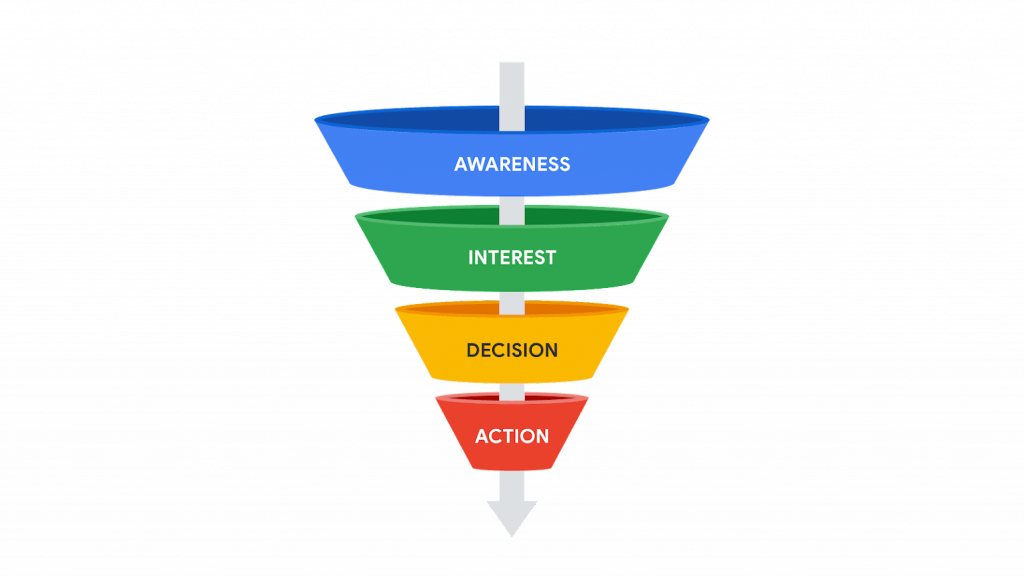Digital marketing and traditional marketing are two distinct approaches to promoting products or services, each with its own set of characteristics and advantages. Here’s a comparison of digital marketing and traditional marketing:
Traditional Marketing:
- Tangible Presence:
- Traditional marketing methods, such as print ads, billboards, and direct mail, offer a tangible presence that can be physically experienced. This can be effective in creating a memorable impression.
- Established Credibility:
- Traditional marketing, especially through established channels like TV and print, can contribute to building brand credibility. Consumers may trust advertisements they see on reputable platforms.
- Local Targeting:
- Traditional marketing methods can be effective for local businesses targeting a specific geographical area. Local newspapers, radio, and community events can be valuable channels.
- Less Saturation in Certain Markets:
- In some industries or local markets, traditional channels may have less competition, providing an opportunity to stand out without being overwhelmed by online noise.
- Longer Shelf Life:
- Print materials, such as brochures or posters, can have a longer lifespan compared to digital content, which may disappear quickly in a fast-paced online environment.
- Lack of Interactivity:
- Traditional marketing often lacks the interactivity and direct engagement that digital platforms offer. It’s more of a one-way communication channel.
- Limited Analytics:
- Measuring the success of traditional marketing campaigns can be more challenging than digital marketing. Analytics are often limited to indirect indicators, such as sales figures.
Digital Marketing:
- Cost-Effective:
- Digital marketing often requires lower upfront costs compared to traditional methods like TV or print advertising. It allows businesses of all sizes to reach a global audience without a massive budget.
- Targeted Advertising:
- Digital marketing platforms provide advanced targeting options, allowing businesses to reach specific demographics, interests, and behaviors. This precision can lead to higher conversion rates.
- Real-Time Analytics:
- Digital marketing offers the advantage of real-time analytics. Marketers can track the performance of their campaigns instantly and make data-driven decisions to optimize results.
- Global Reach:
- With the internet, businesses can reach a global audience. Digital marketing breaks down geographical barriers, enabling companies to target customers around the world.
- Interactivity and Engagement:
- Digital marketing allows for interactive and engaging content. Social media, email campaigns, and online content provide opportunities for direct interaction with the audience.
- Flexibility and Adaptability:
- Digital marketing campaigns can be quickly adjusted based on performance data. Marketers can experiment with different strategies and adapt in real time.
- Measurable ROI:
- Digital marketing efforts are highly measurable. Marketers can track conversions, website traffic, click-through rates, and other key metrics, allowing for a clear understanding of return on investment (ROI).
-
Ultimately, the choice between digital and traditional marketing depends on the nature of the business, the target audience, and the marketing objectives. Many businesses use a combination of both approaches to leverage the strengths of each.

